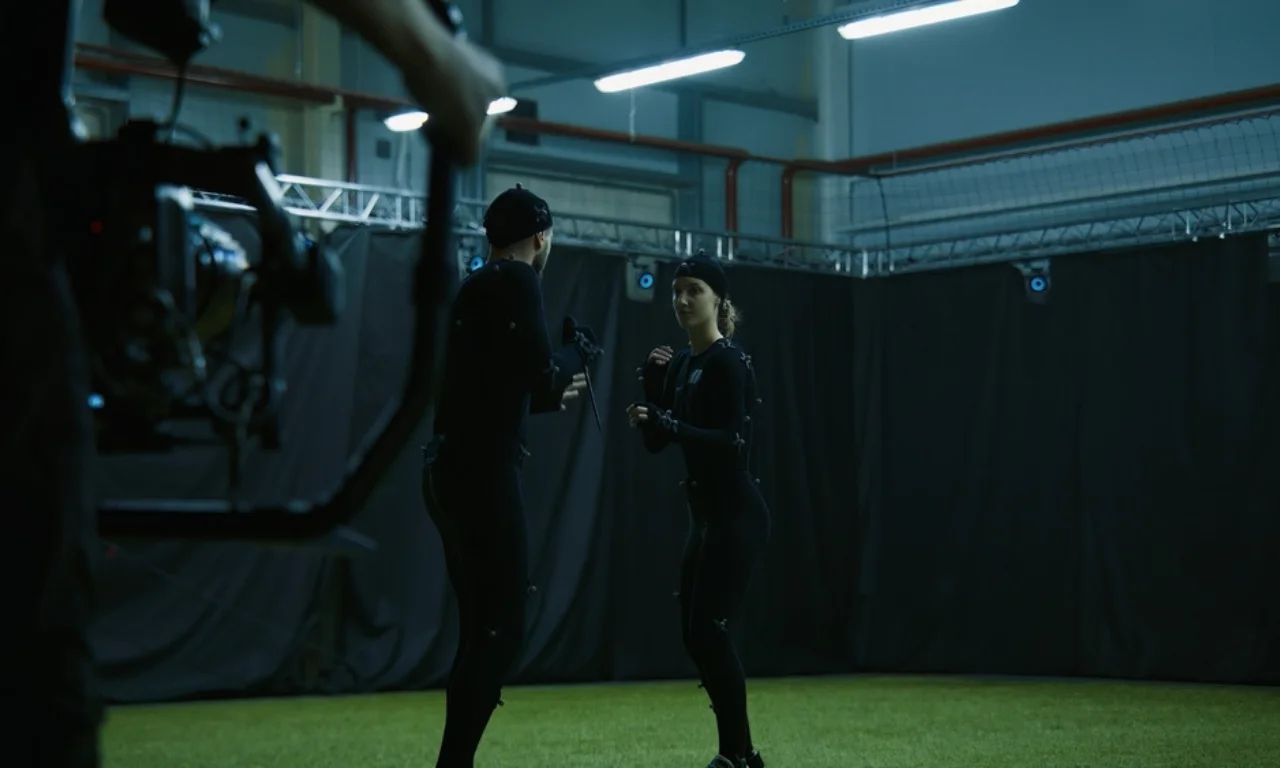It is common knowledge that anybody with access to a camera (and some ingenuity) can create something remarkable. However, they are not enough on their own to alter the rules of physics or make a cloudy day bright and sunny. This is when a vfx artist comes in handy.
Visual effects services in cinema and television have skyrocketed in popularity in recent years because they allow for freedom that is more artistic. These days, visual effects are used in almost every film genre, from dramatic to comedic. Filmmakers should know the word since it’s crucial to making a movie. Learn the ropes of visual effects or why you should hire a VFX studio with this comprehensive guide.
VFX
The term “visual effects” (or “VFX”) is used to describe any effect that appears on screen, whereas “digital visual effects” (or “DVF”) describes the process of digitally manipulating pictures using computers throughout the filmmaking process.
Bringing movies and other media to life is the job of visual effects artists. They may be employed to make the viewer believe in a magical world, or they can be utilized to correct problems caused during post-production. Computer animators, 3D modelers, compositors, and editors play vital roles in producing visual effects. The term “visual effects,” or “VFX” for short, describes the complete workflow, from pre-production through delivery.
Visual vs Special Effects
In addition to VFX Services, there are also SFX or special effects. The use of optical and mechanical tools to generate optical illusions and other desired results is at the heart of what we call “special effects” in movies.
Consider the trilogy above, The Lord of the Rings. In the opening fifteen minutes of The Fellowship of the Ring, Gandalf, the wizard, is much larger than the other characters, especially the hobbits. Contrary to popular belief, Ian McKellan is not a whopping 8 feet tall. Instead, they employed trick photography to make the wizard seem enormous next to the Hobbits.
Most of the work for visual effects in a film is done in post-production, whereas most work for special effects is done on set.
Multiple VFX Techniques
Here are some typical sorts of fundamental effects to consider if you want to incorporate them into your work but need to know where to start.
Compositing
Compositing is the process of combining two or more pictures to create the illusion of a single shot. The term “green screen” refers to the most frequent kind of compositing utilized in the film industry, chroma key compositing.
The first step in creating this visual effect is to shoot the scene with the actors and their props in front of a green screen. In post-production, Visual effects Experts make the solid color see-through to insert additional footage into the backdrop as the director desires.
Tracking Motion
Motion capture technology, sometimes known as “mo-cap” for short, is a kind of CGI that allows visual effects animators to superimpose animated components over a live-action performance. To do motion capture, the actor must don several essential pieces of equipment, including a sensor-laden suit that records the actor’s weight, movement, and physique, as well as a camera installed on their head that records the actor’s facial expressions.
The visual effects team uses all of this information to construct a computer-generated avatar. Actor Andy Serkis paved the way for the development of mo-cap by bringing life to a digitally produced Gollum in the “Lord of the Rings” series. This allowed performers to provide fully realized performances to CGI characters.
Advanced VFX Uses
It is time to move on to more advanced kinds of VFX after you have mastered the basics, such as green screens and prosthetic makeup. Computer programs do not magically generate features like CGI. Experts at vfx company put in a lot of time and effort to make hyper-realistic pictures that match the movie’s aesthetic (or a touch ridiculous, like in the case of Jar Jar Binks in Star Wars Episode I) to make CGI that is fascinating and credible.
It is easier if CGI isn’t used in the film or scene. However, if CGI makes up half of the picture, the CGI artists will have their hands full. They must think about how the performers will move, how the lights will change, and more.
Usual VFX Programs
Many workers in the film business use a wide variety of programs to create special effects for their films. Numerous VFX programs exist, each offering its own unique set of tools and capabilities.
In high school, the only tools for making special effects were a film camera and some essential editing software. These days, computer graphics can create anything, from explosions to lifelike creatures. Visual effects (VFX) software is a suite of applications, plug-ins, and scripts to assemble digital pictures.
Its versatility allows it to be used for everything from making realistic fire explosions to producing an army of zombies emerging from a spherical hole. Adobe After Effects, Autodesk Maya, The Foundry’s Nuke, and SideFX Houdini are among the programs available.
Tutorial on Creating Amazing Visuals
- Forces And Motions
In a film like an action flick, mechanical effects are the norm. Teams of mechanical engineers create rigs to enact a scenario in these circumstances.
Mechanical rigs on an aircraft may create the illusion of severe turbulence and an actual plane crash if a movie character is trapped inside. Gimbals and other professional equipment help accomplish this effect.
- In-Camera Effects
These are very interesting. The crowd is present for the live special effects. How can live performers and shows best captivate an audience?
Laser light displays and fog machines are two well-known types. While essential, these effects are an effort to transport the viewer to the scene being shown.
Conclusion
Although Visual Effects Experts have been employed in movies since the late 1960s, blockbuster hits like Star Wars and Jurassic Park propelled the industry forward. The way that VFX films will develop in the future is a heated discussion today. Hollywood has been using more significant and lifelike visual effects since the introduction of computers and digital graphics to make its films more convincing. Hire VFX artist to get the best service. Motion Edits has also collaborated with filmmakers that shoot in educational institutions, helping them create high-quality finished videos from their raw material


















